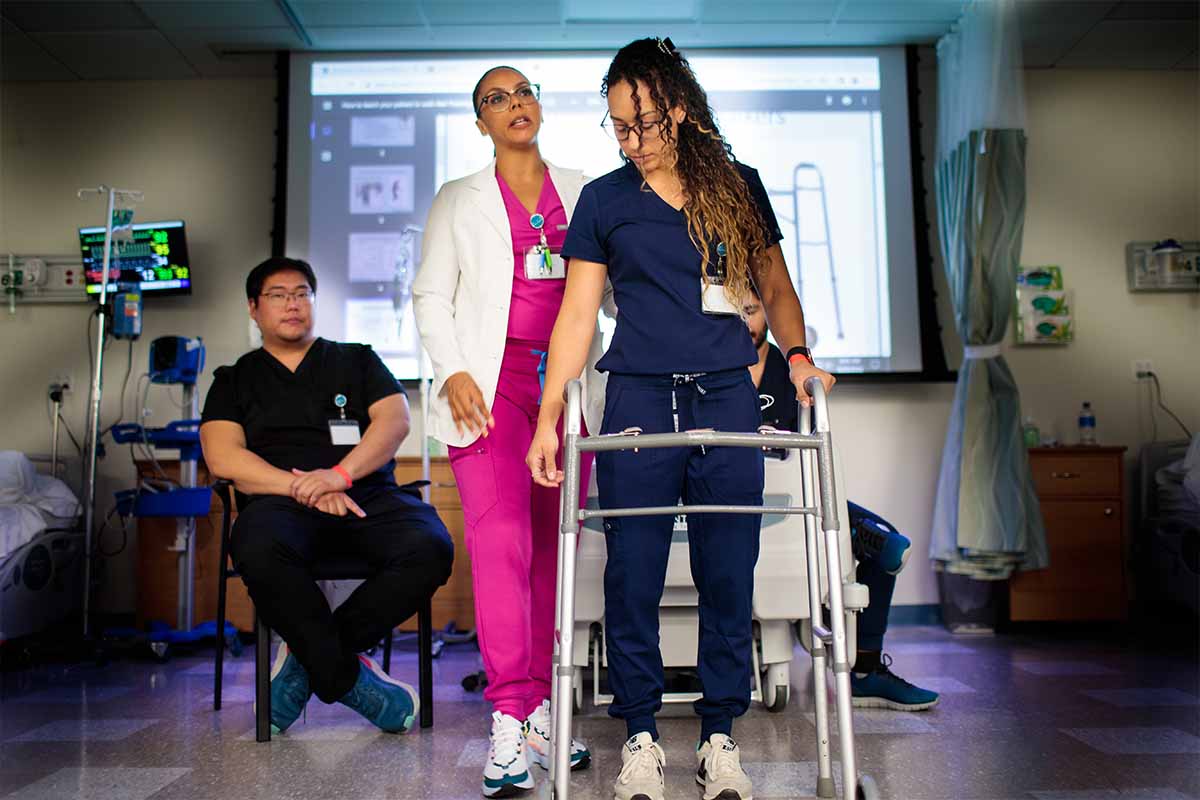
The call for occupational therapists (OTs) is becoming increasingly critical – particularly in locations with an aging population, such as St. Augustine, Florida.
The Ponte Vedra Recorder explains that as “health care concerns arise with age, provider shortages will become increasingly evident in the years ahead, especially in states with the largest populations of senior citizens, such as Florida.”
As retirees move to the Sunshine State in search of desirable amenities and a comfortable lifestyle, the appeal for qualified health care practitioners in this area, and other locations with many older adults, rises.
This need will be even more evident by 2030, when the Baby Boomer generation, those born between 1946 and 1964, will be age 65 or older. This is “an estimated 73 million people or about 22% of the population,” according to the U.S. Census Bureau.
As the population ages, the wealth of job opportunities for occupational therapists expands.
“We are expecting a 14% increase in job need for occupational therapists that serve the aging population,” said Tia Hughes, DrOT, MBA, OTR/L.
OTs empower individuals to overcome physical, cognitive or social challenges and engage in meaningful activities – from driving an automobile to using adaptive equipment. They support patients with fall prevention, medication management, pet care and performing everyday tasks that have become difficult due to injury, illness or disability.
Tailored and timely treatment can help older patients maintain their independence and enjoy quality lives.
Dr. Tia Hughes, associate dean of the College of Rehabilitative Sciences for Occupational Therapy at the University of St. Augustine for Health Sciences (USAHS), says to look for signs that individuals are in need of occupational therapy. “When things that they used to be able to do easily are becoming a little more challenging,” she said, “that might be the time to ask for an occupational therapy referral from their care provider.”


USAHS is responding to the growing need for occupational therapists.
Immersive and dynamic OT programs at USAHS prepare students to meet evolving patient requirements. “When we bring students in, we want to make sure that we are really giving them the hands-on experience and skills they need to hit the ground running in the field of tomorrow’s patients,” said Hughes.
Students can choose between three degree programs at USAHS – a Master of Occupational Therapy (MOT), Doctor of Occupational Therapy (OTD) or Post-Professional Doctor of Occupational Therapy (PPOTD). With residential and flex scheduling formats, USAHS OT programs are designed to be flexible and align with students’ unique lifestyles.
According to the U.S. Bureau of Labor Statistics (BLS), occupational therapy is a well-paid profession that is growing fast. Degrees in OT can be transferred state to state without the need for recertification. In addition, OTs may choose to work with patients of all ages – across a range of health professions and in diverse health care settings.
Hughes views OT as a path to independence for an aging population, and a fulfilling career path for future OT practitioners.
Ready to launch a rewarding role in occupational therapy? Discover USAHS’ immersive OT programs, and apply today.
Read more of Dr. Hughes’ occupational therapy conversation and check out the Ponte Vedra Recorder articles.









